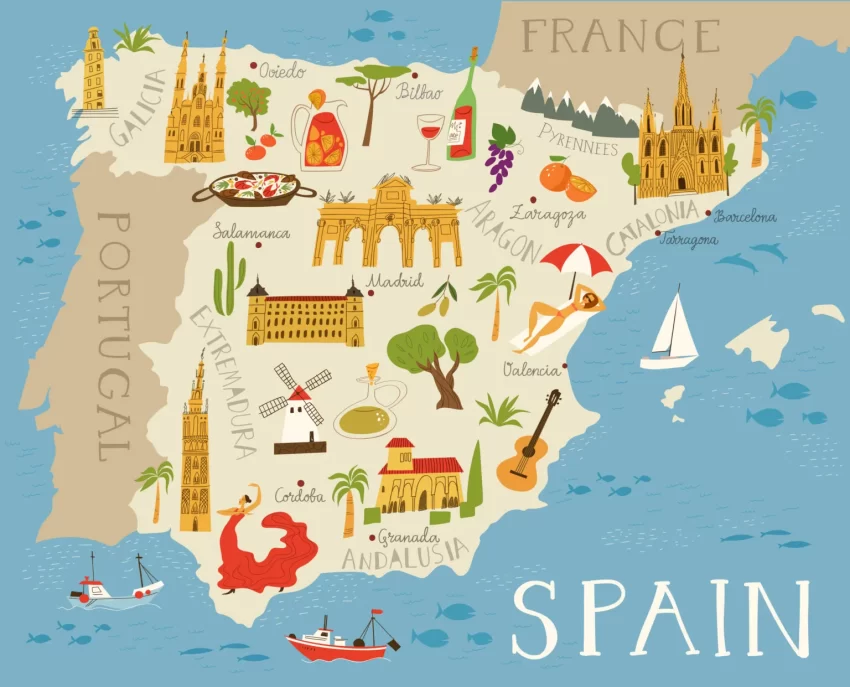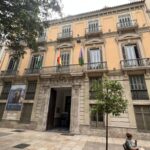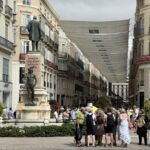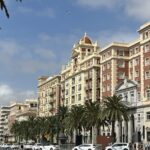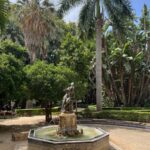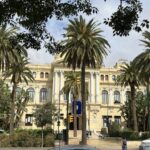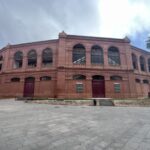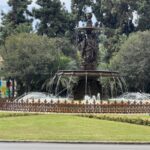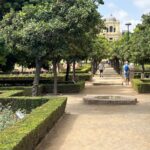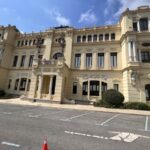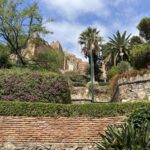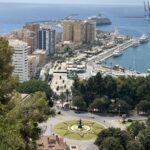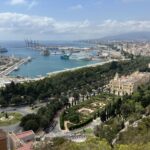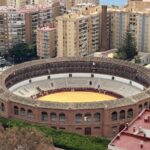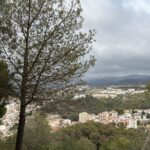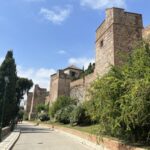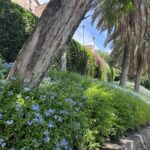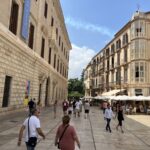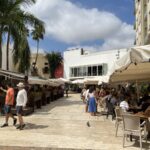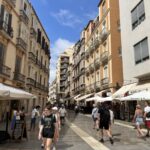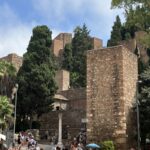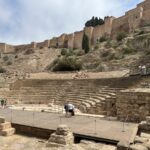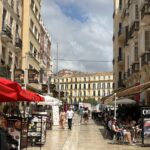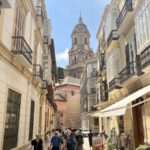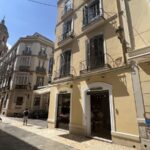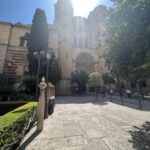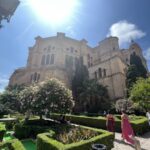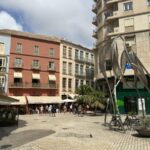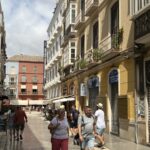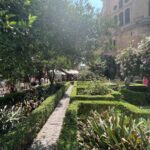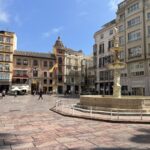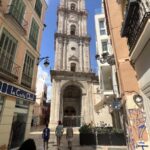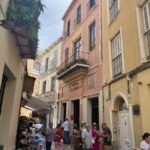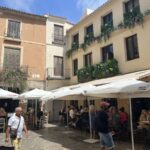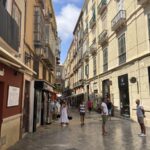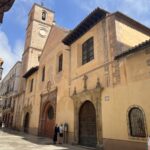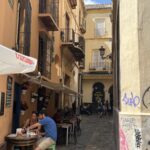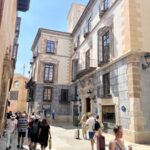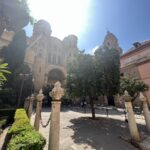Onwards and upwards to meet good friends Joe and Margaret Sweeney in Bordeaux, but as I have 8 hours to kill at Malaga airport, I decided to take the train to Malaga and do some sightseeing!!
Malaga, the capital of the Province of Malaga, is a municipality of Spain in Andalusia. It is the 2nd most populous city in Andalucía, 6th in Spain. The city lies in Southern Iberia on the Costa del Sol (Coast of the Sun) and is the birthplace of Pablo Picasso. It is also famous for its rich history, Mediterranean cuisine, local wines and sandy beaches.
So following my hand held map I headed down the Avenue de Andalusia Alameda, past flower vendors in the street and admiring all the historical buildings on the other side of the Avenue. Then through the park where I could see the port full of ferries and cruise ships. Looking like a mini-jungle when viewed from the Gibralfaro hill, this palm-lined extension of the Alameda was created in the 1890s on land reclaimed from the sea. The garden along its southern side is full of exotic tropical plants and trees, making a pleasant refuge from the bustle of the city. Malagueños stroll and take shelter in the deep shade of the tall palms, and on Sunday buskers and entertainers play to the crowds.
Then on to the Castillo de Gibralfaro, spectacularly located high on the hill overlooking the city. Built by 8th-century Córdoban emir Abd ar-Rahman I, and later rebuilt in the 14th century when Málaga was the main port for the emirate of Granada, the castle originally acted as a lighthouse and military barracks. Nothing much is original in the castle’s interior, but the protective walkway around the ramparts affords superb views over Málaga. It’s quite a tough climb! Next to Castillo de Gibralfaro is the Alcazaba which is a palatial fortification, built during the period of Muslim-ruled Al-Andulas. The current complex was begun in the 11th century and was modified or rebuilt multiple times up to the 14th century. It is one of the best-preserved alcazabas in Spain. The Alcazaba is connected by a walled corridor to the higher Castle of Gibralfaro, and adjacent to the entrance of the Alcazaba are remnants of a Roman Theatre dating to the 1st century AD.
Then I wondered around the historical town , past the magnificent Malaga Cathedral, the Picasso Museum and through all the beautiful streets and squares. The architecture is very interesting. The historical town is full of life and people from all different cultures and parts of the world.
A great way to use up a few hours!! Definitely must return to this part of Spain as I want to visit Granada and Ronda and even Gibraltar! Now back to the airport.

